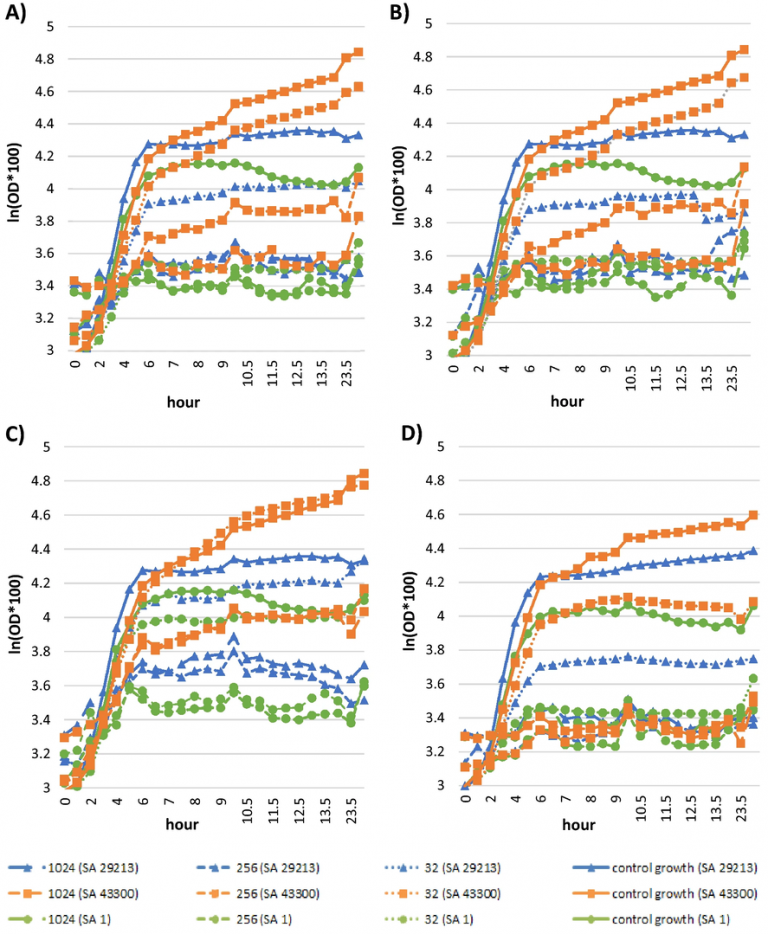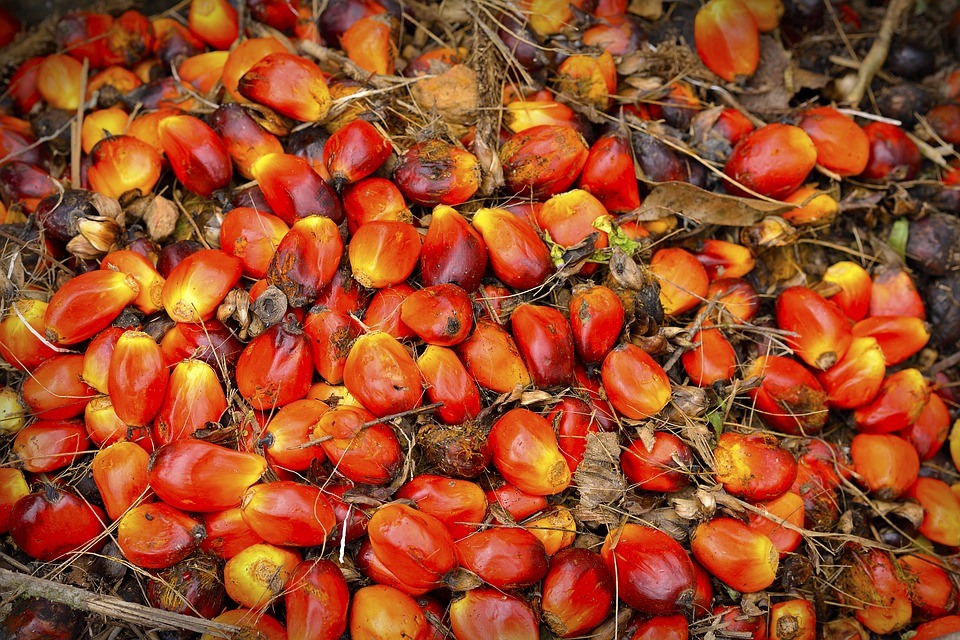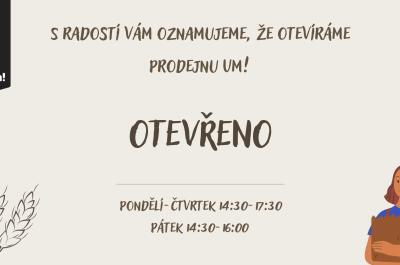Scientists have found that palm oil reduces the effectiveness of certain types of antibiotics.
Resistance of microorganisms to antibiotics is one of the biggest scares of the 21st century. Their growing resistance is a completely natural phenomenon, but it is also accelerated by the frequent and excessive use of antibiotics. One way to get rid of resistant bacteria is use of a combination of multiple drugs. However, combination therapy often brings with it a range of unwanted side effects. These can also occur when combining medicines with various foods or nutritional supplements, which often the effectiveness of drugs is reduced. A very well-known example is grapefruit and grapefruit juice. The latter inhibits the activity of certain enzymes (CYP3A4) in the intestines, and due to their lack of activity is then absorbed into the body much higher amount of active ingredients from pharmaceuticals. These can subsequently cause cardiovascular problems and other risks. Similarly, some drugs that interact with food fatty acidsand that's what the team of scientists has focused on this time.
One of the most prominent bacteria that is considered a serious global threat due to its increasing resistance is Staphylococcus aureus.

Scientists using the checkerboard method in vitro tested interactions between oxacillin (a beta-lactam antibiotic of the penicillin class) and palm oils from the tucuma palm (Astrocaryum vulgare), coconut tree (Cocos nucifera) and oil palm (Elaeis guineensis) against the nine tribes S. aureus. Since gas chromatography has identified the main component of all oils as Lauric acid, scientists also tested its interactions in combination with oxacillin.
The results showed strong antagonistic interactions between palm oils and oxacillin. Similar effects were subsequently induced by the aforementioned lauric acid. Thus, all indications are that the combination of oxacillin with palm oils and their constituents may adversely affect the treatment of staphylococcal infections in humans (and animals). This is true both in the case of topical application of oils (to the skin surface) and in the case of high-colloid diets. And what can you actually come across palm oils in? Unfortunately, due to their low price, they can be found in most products nowadays, especially in chocolates, biscuits, margarines and savoury snacks.
The full text of the scientific paper can be found here: www.nature.com/articles/s41598-020-80481-0
Lalouckova, K., Skrivanova, E., Rondevaldova, J., Frankova, A., Soukup, J., & Kokoska, L. (2021). In vitro antagonistic inhibitory effects of palm seed crude oils and their main constituent, lauric acid, with oxacillin in Staphylococcus aureus. Scientific Reports, 11(1), 1-12.

Ing. Klara Laloučková, Ph.D.
A graduate of doctoral studies in general zootechnics at the Department of Microbiology, Nutrition and Dietetics at the FAPPZ ČZU in Prague, since 2020 she has been an assistant professor at the same department, where she teaches animal nutrition mainly focusing on dogs and cats. As part of her activities at the department and in the microbiology laboratory of the Research Institute of Animal Production, she deals with alternative antibiotic substances in animal nutrition.

Prof. MVDr. Eva Skřivanová, Ph.D.
MVDr., Ph.D. and habilitation at the University of Veterinary and Pharmaceutical Sciences Brno, field of study Animal Nutrition and Dietetics. Prof. at the Czech University of Life Sciences in Prague, General Zootechnics. Research in the fields of: animal nutrition and microbiology, quality and safety of animal products, with a focus on the study of antibacterial substances and their interactions. Teaching of Animal Nutrition in relation to food, Animal Nutrition, Dog and Cat Nutrition. Member of the Scientific Council at the Faculty of Veterinary and Pharmaceutical Sciences, University of Veterinary and Pharmaceutical Sciences Brno, Chair of the Animal Nutrition and Dietetics Department at the Czech University of Life Sciences in Prague.





